by Edward J Taylor
Blame it on the low yen, revenge travel, whatever, but our city found itself quite quickly under siege. After three lean but pleasantly restful years, it was startling to encounter this many people in town, and to do so many consecutive days of guiding.
I’ve always had a love/hate relationship with this city, have always questioned the amount of hype that it gets. But I’m happy to take on the work, and quite honestly it never bores me, even when returning for the nth time to sites that sit atop umpteen bucket lists. I can easily put on the game face, introduce my guests to parts of the city that their friends back home will never see, places that never collect thumbs on social media platforms. Yet naturally I never share those places that I call my own.
Since the autumn, I’d said yes to nearly every offer I got, disregarding the big picture, until I found I had allowed myself a mere five days off in six weeks. There were multiple trips to Tokyo, Kumano, Naoshima, the Nakasendo. But mainly it was Kyoto, and its insane crowds. For the first time in this career, I found myself leading the same itinerary two days running. And the beer I needed, and I mean NEEDED, at the back end of every day, was inevitably followed by a shower to wash away the crowds. As the weeks wore on, I was growing weary of the same meet and greet every few days, of telling the same stories and forgetting what I’d already told.
The days and the highlights are all jumbled up. The punters staking out party spots early Sunday morning. The foreign joggers reducing last night’s Michelin caloritic intake with every heavy footfall. The flattened-light effect of the yellow Gobi sand. Rubbish towering above metal trash bins along the river. Drive times and queues doubled, tripled, exponentially lengthened. The lousy boy band under Shijo bridge, two nights running. Seeing, or being sighted by other guide friends, out on their own respective missions. Photographers striking their own yoga poses to frame out all the others doing the exact same thing. A western couple sipping wine on the narrow back balcony of a Pontocho eatery, who give me a wave as I zip past on my bicycle, with an envious smile on my face.
What saved me were the calm of the mornings before going into combat. I’d leave early to sit quietly by myself on the river. It reminded me of that summer after I’d finished university, the calm stillness of a morning after a heavy mushroom trip, sitting in a children’s playground, squeezing cool sand between my toes and not quite sure if the mental turbulence was finally past.
I passed these quiet mornings of spring reading a book or simply listening to Bob Dylan through the iPod and watching the early risers go by, framed by the curtain of pink. In fact this is the only recollection I have of my even acknowledging the petals, even though they, and the eyes and the cameras pointed toward them, were everywhere.
Then that peace would be broken by the phone call of my driver for the day, seeking confirmation to appease his or her own insecurities. This was my signal to saddle up and rejoin the fray.
Yet it was on one of these mornings, the very first, that I saw something that brought this all into perspective. At the Kamogawa confluence, I am briefly puzzled by the sight of a guy slaloming down the slope on an odd-looking bicycle, until I spot his paramedic partner frantically giving CPR. He kneels beside a man who can’t be more than thirty. I wonder if he overdrank himself into this state and was found here this morning. Or if he took a hard fall from the bicycle spilled atop the grass beside him. But it is his expressionless face, and the furious pumping of the paramedic’s arms, and the raised hands framing the horror stricken face of the foreign tourist straddling her rental bike, that hint that this has been going on awhile, and nothing is going to get his heart started again.
It is this image that stands out most from what had been a very long tour season, which somehow neutralizes all the joy and wonder and frustration I saw on other, uncountable faces over numerous weeks, faces drawn to this city in pursuit of metaphors for the ephemeral, as if this pursuit can somehow stave off the real thing.
(Photos by Edward J Taylor)

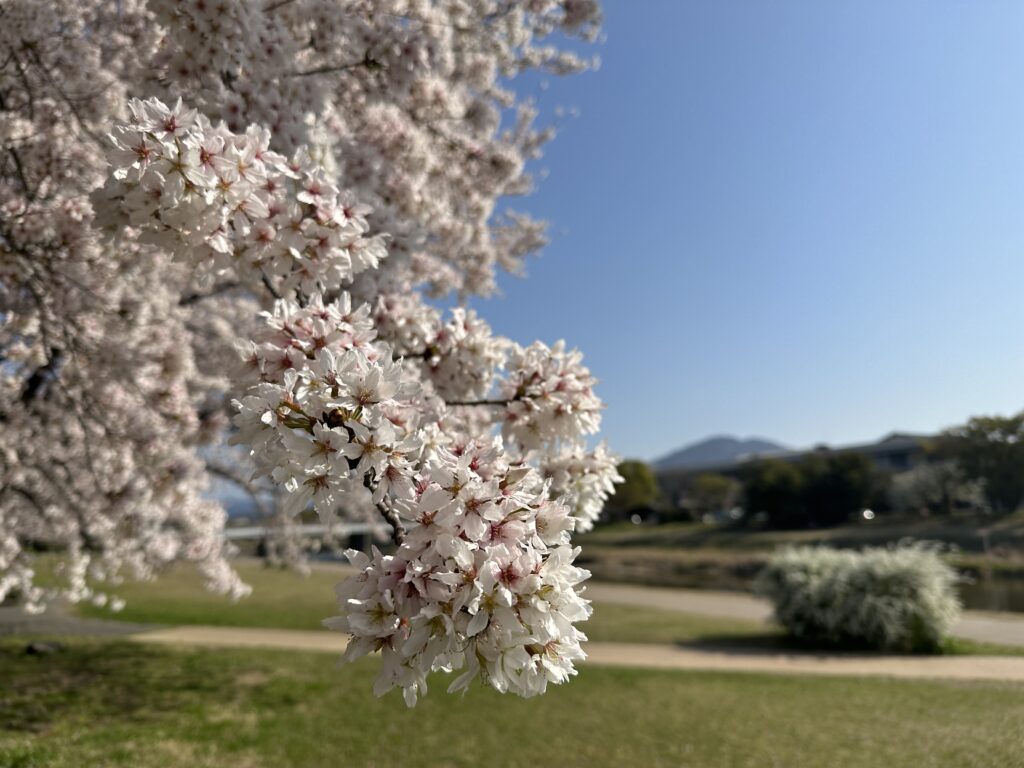
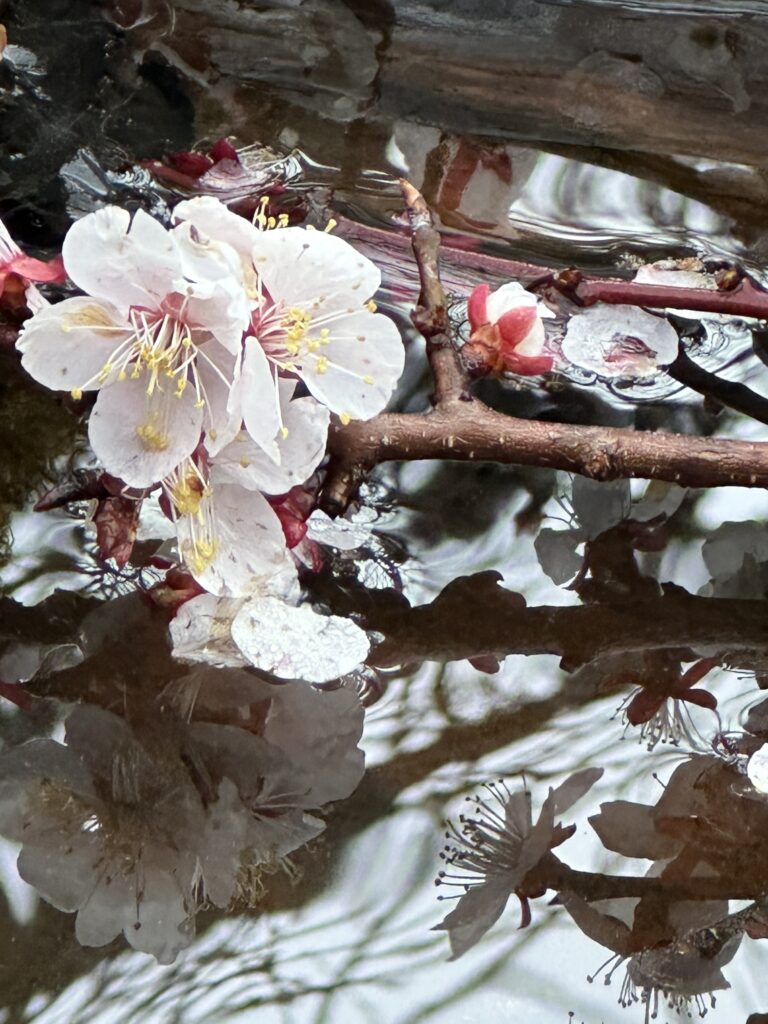
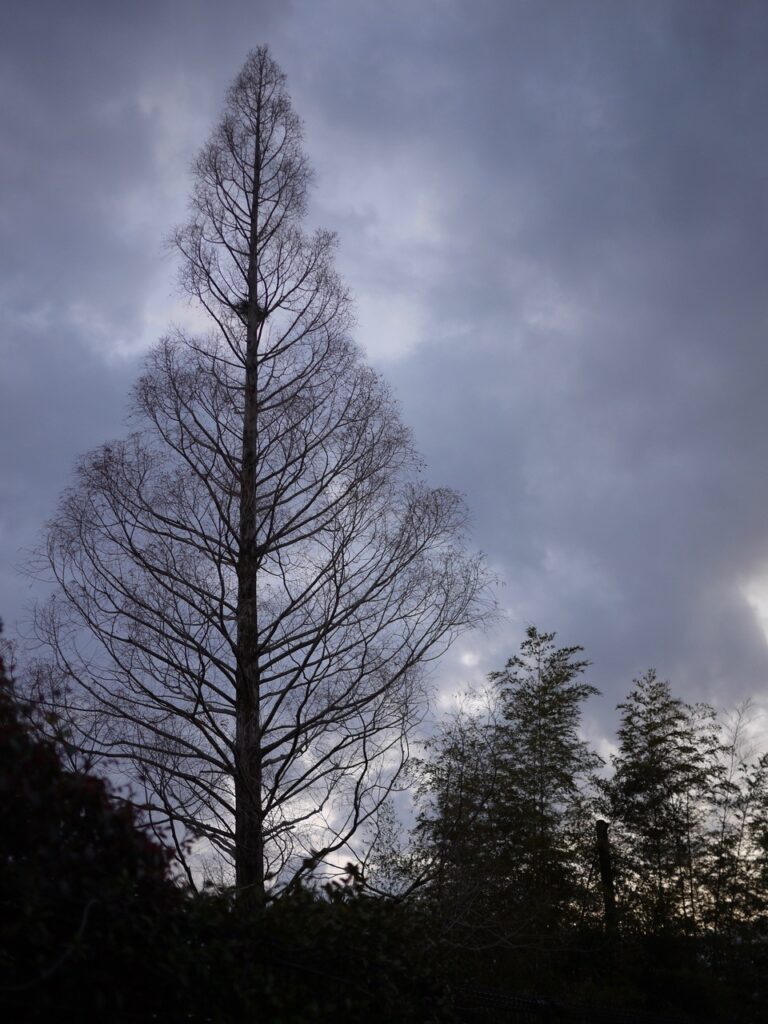
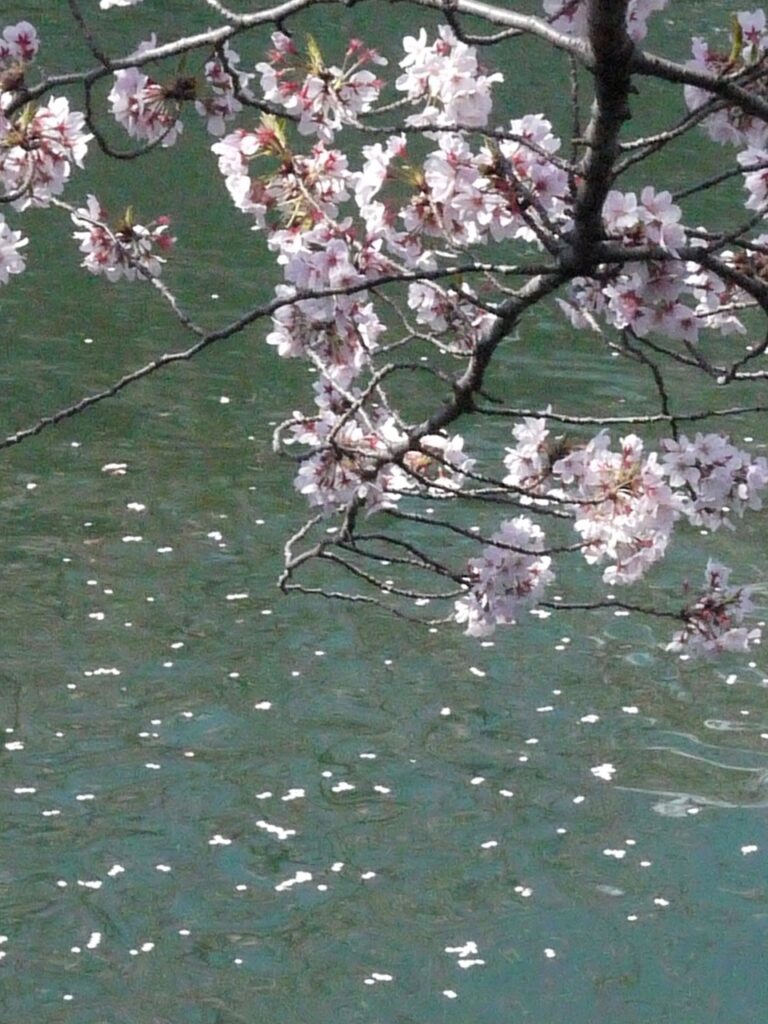
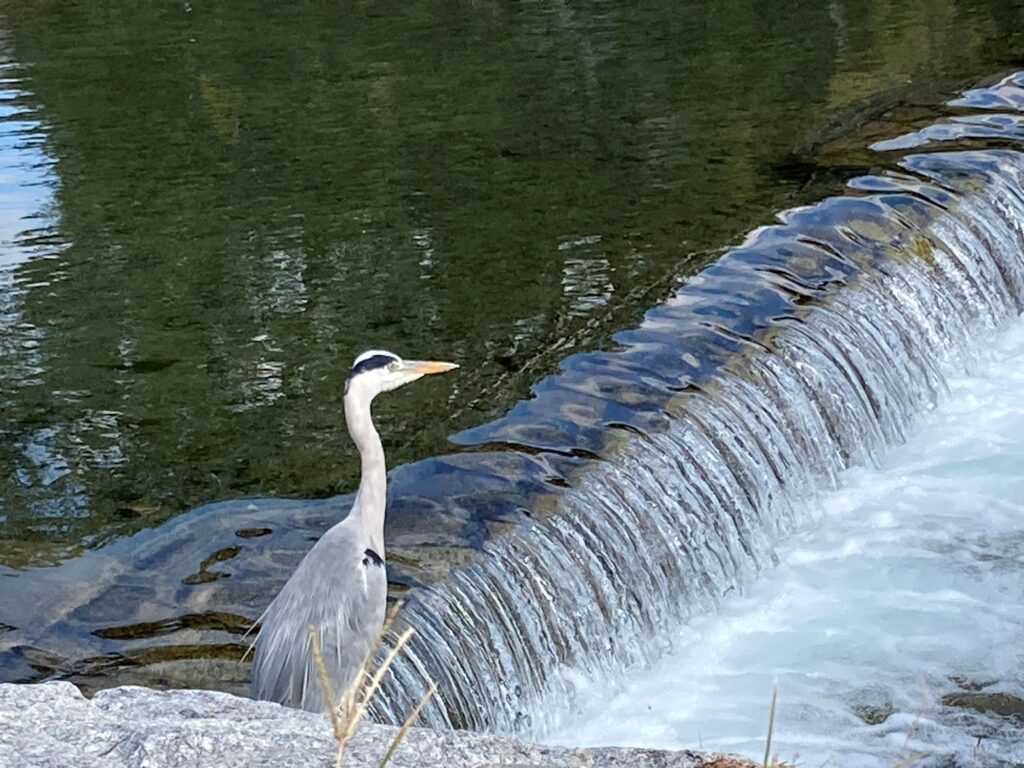
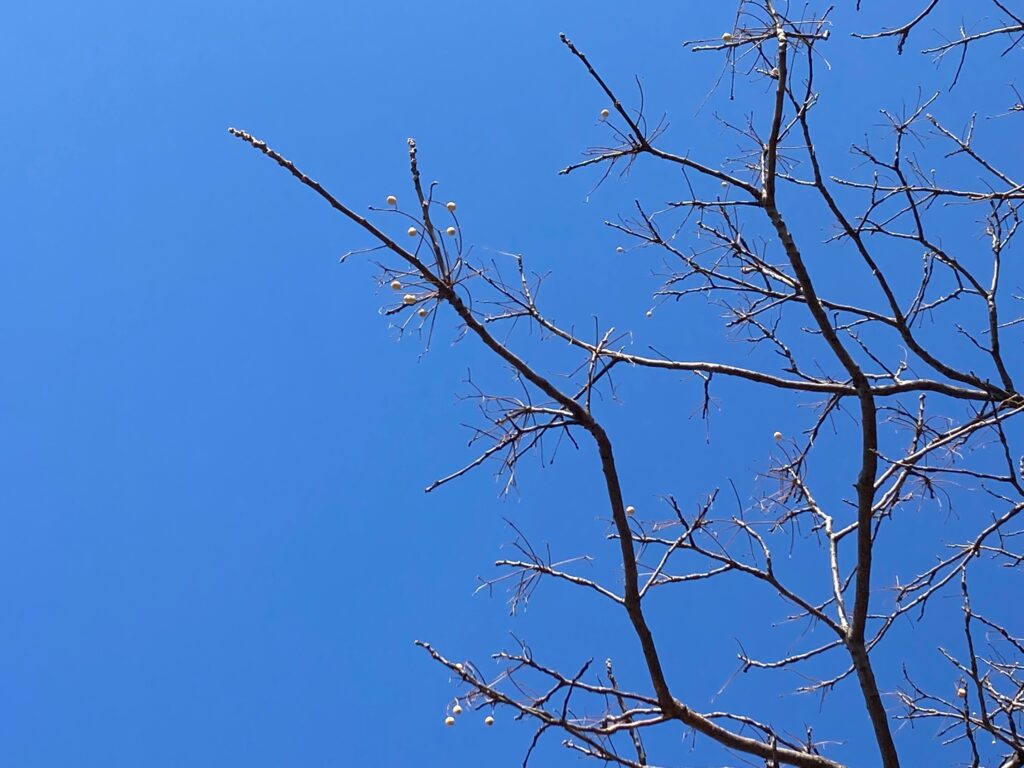
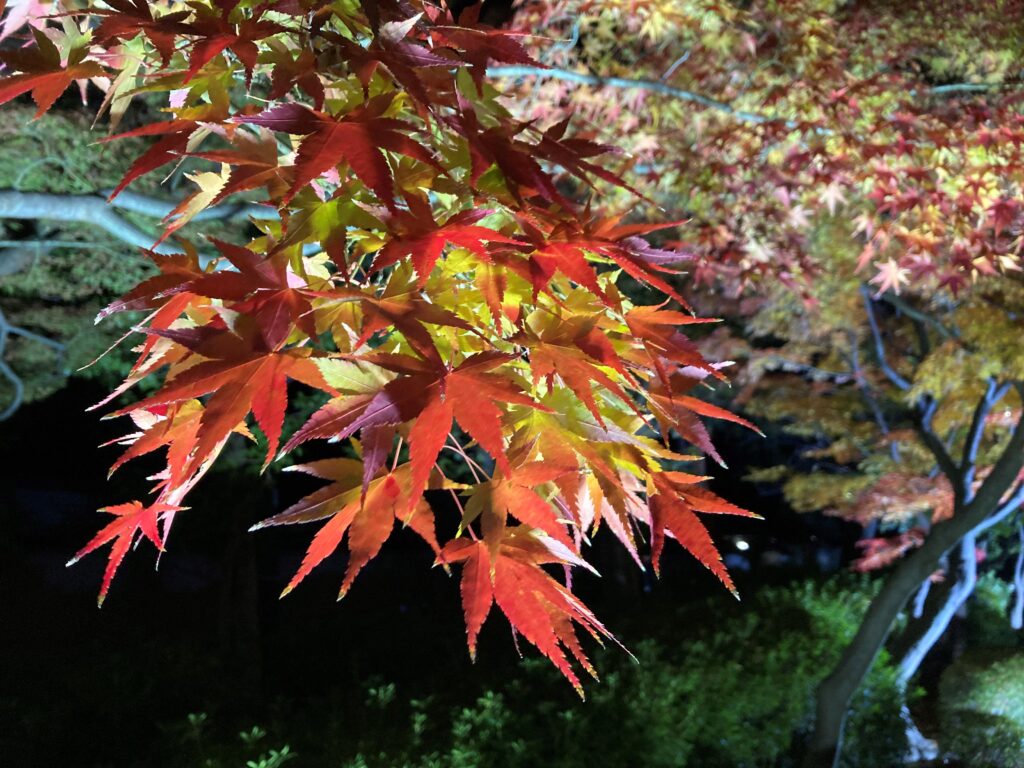
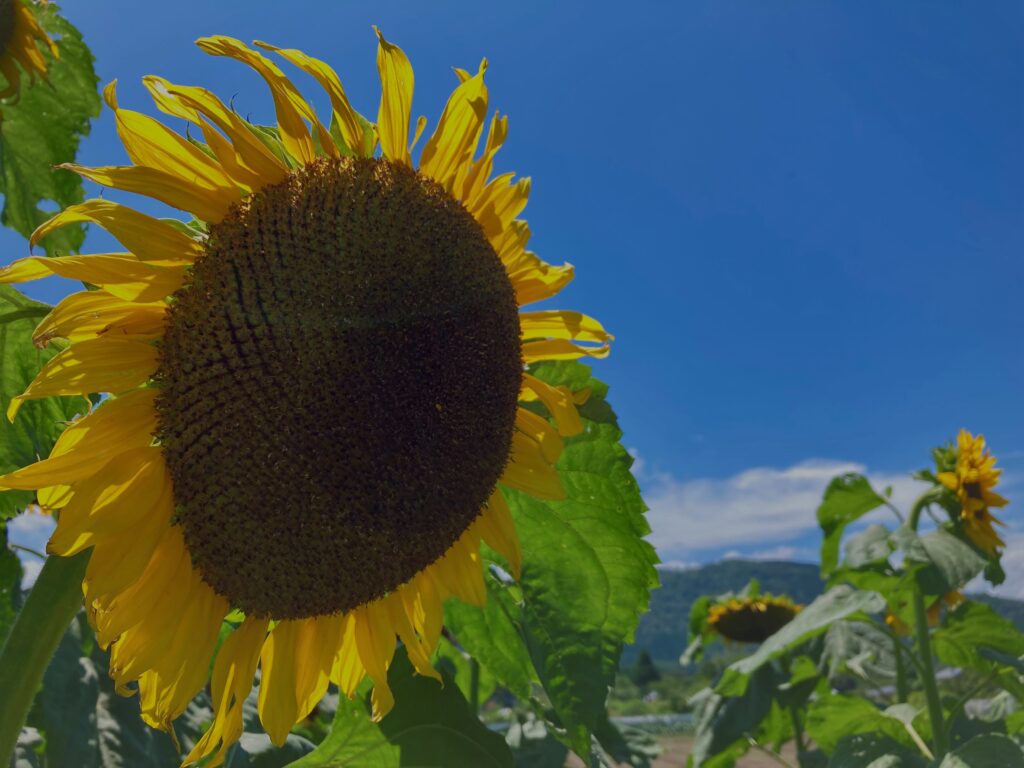
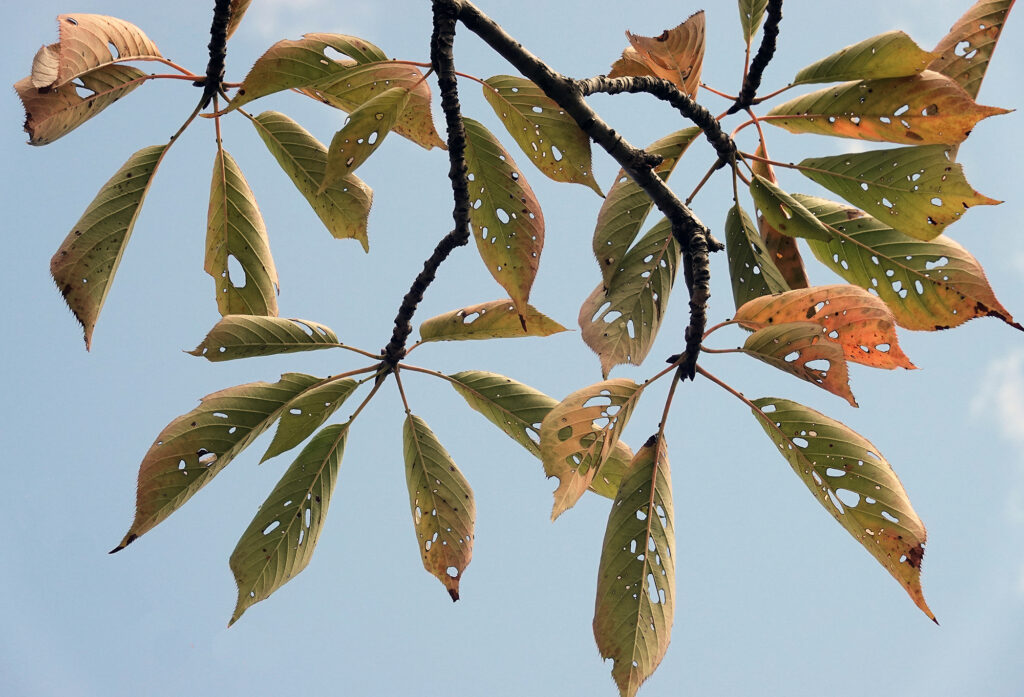
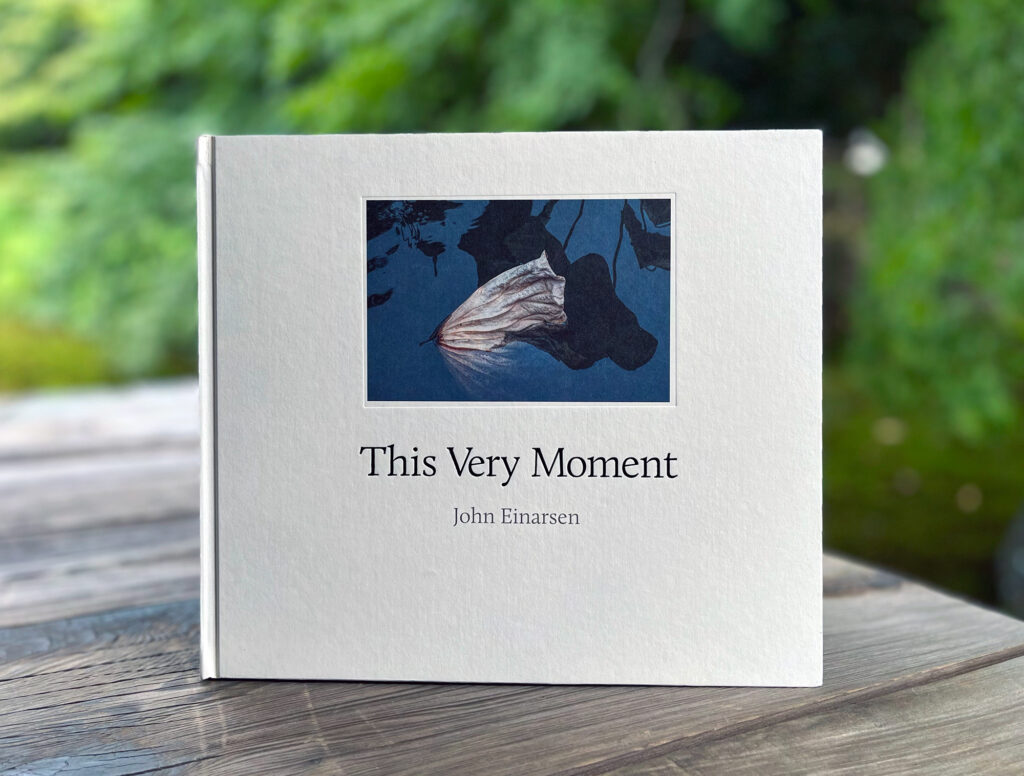
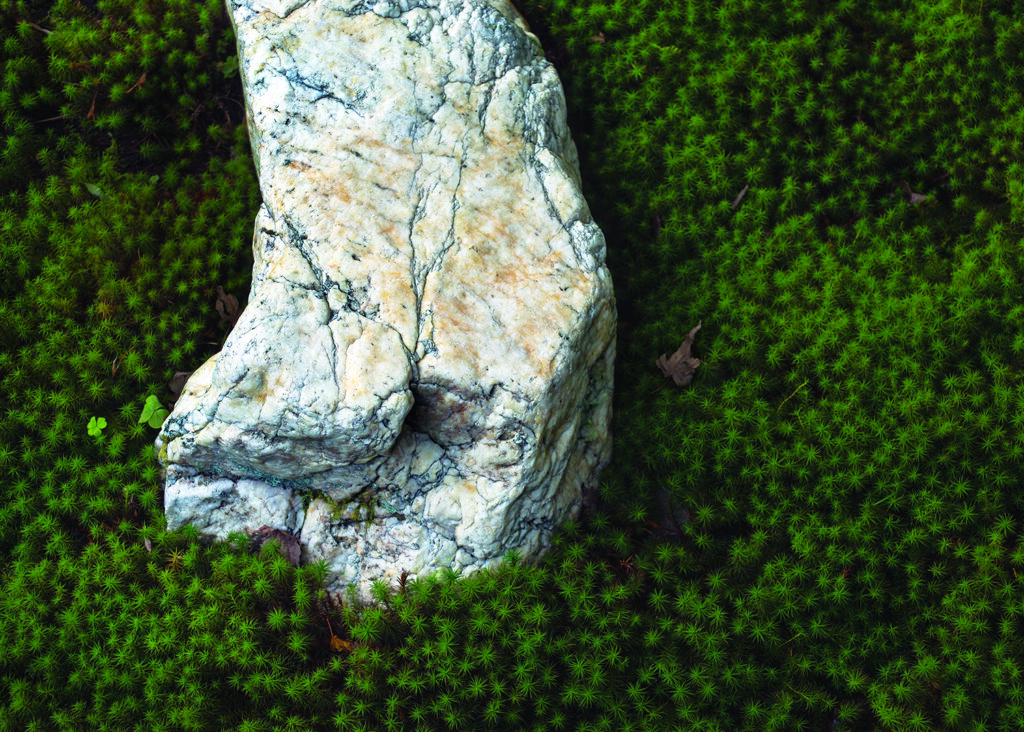
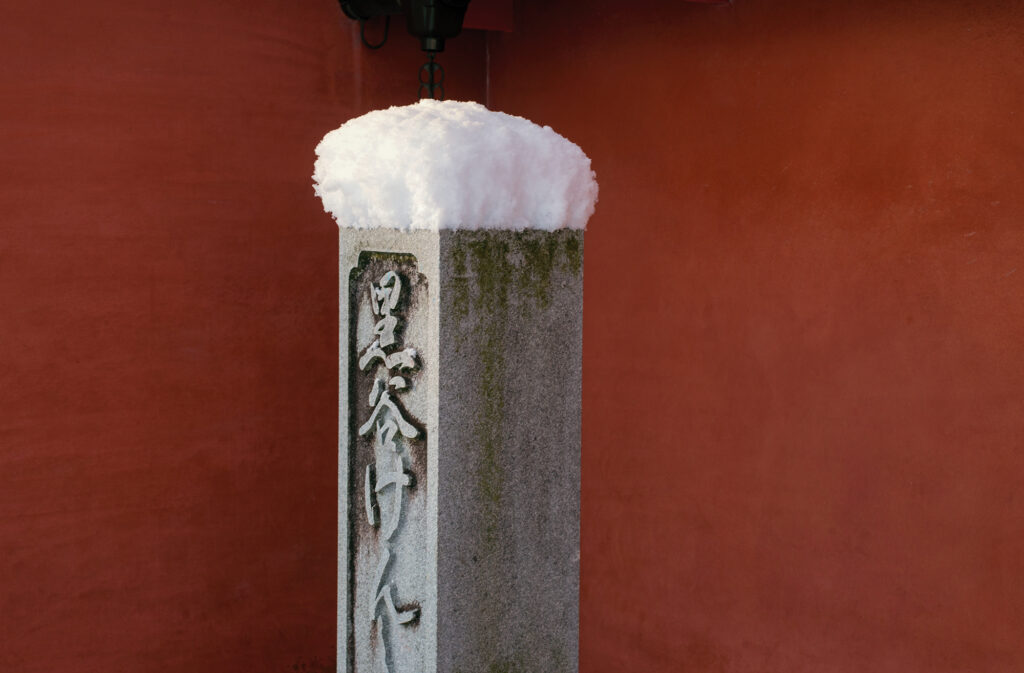
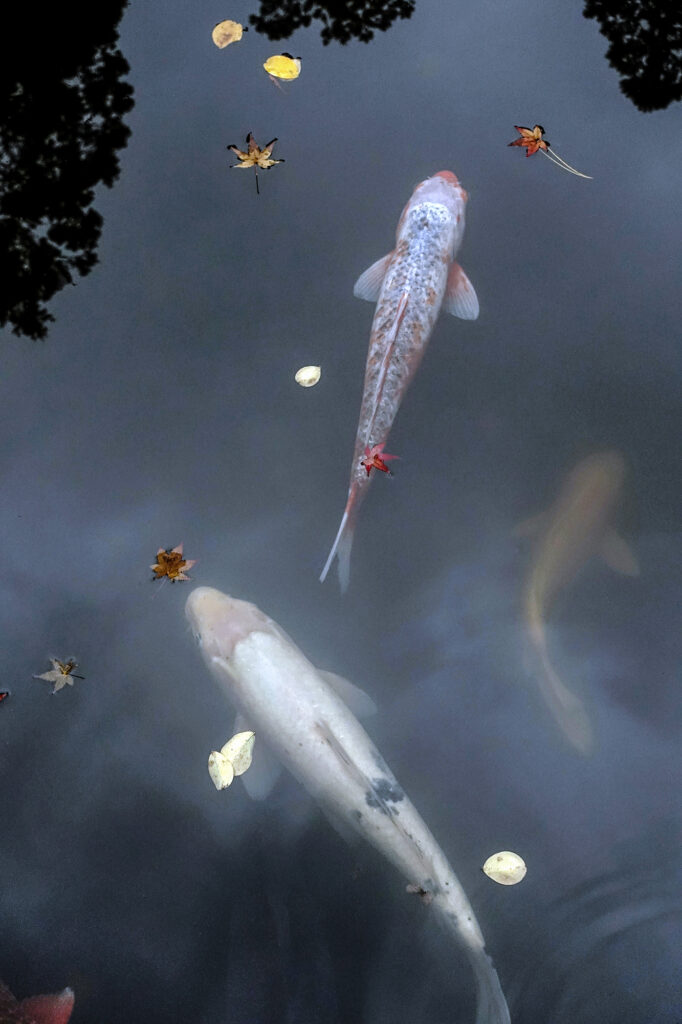
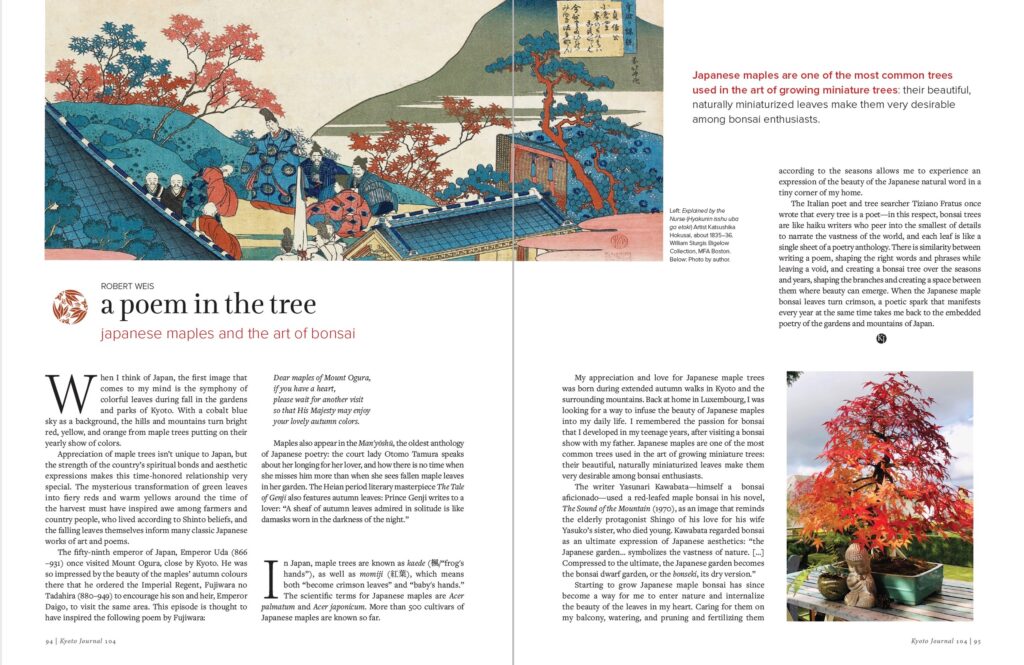
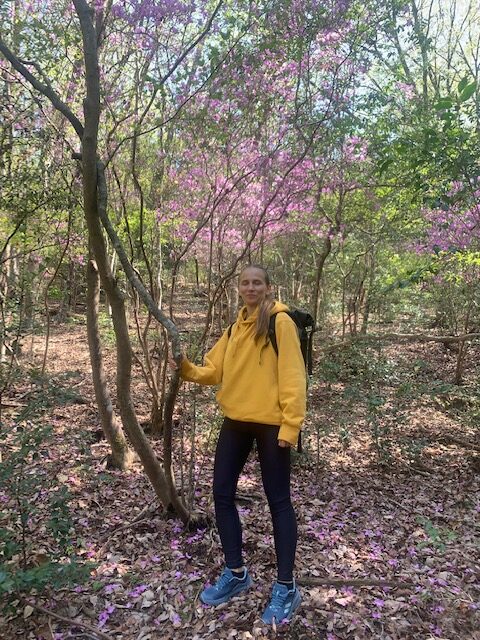
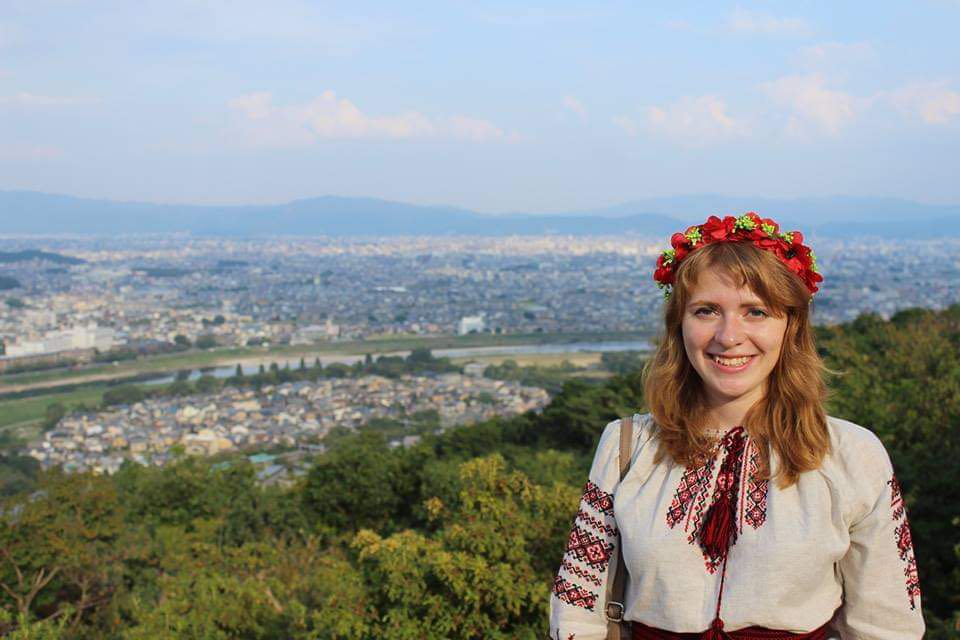
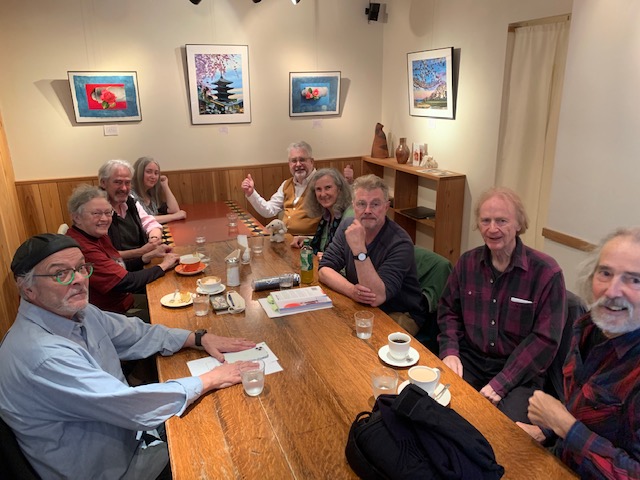
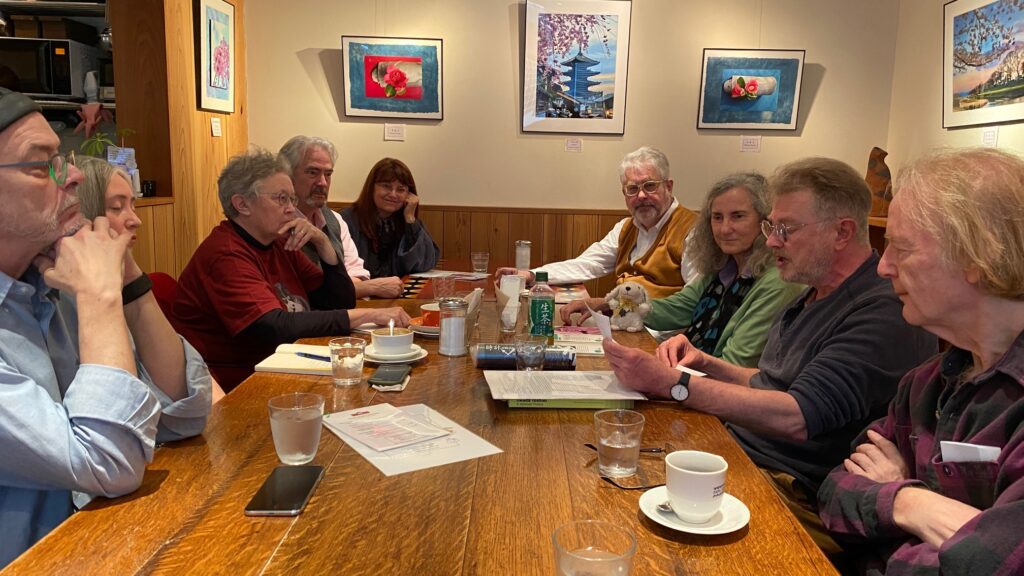
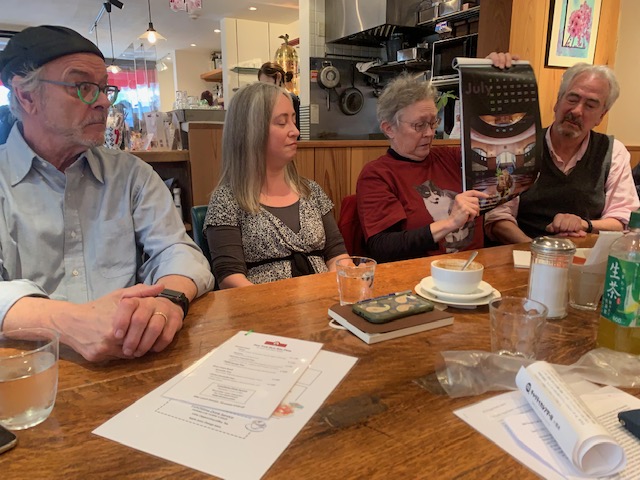

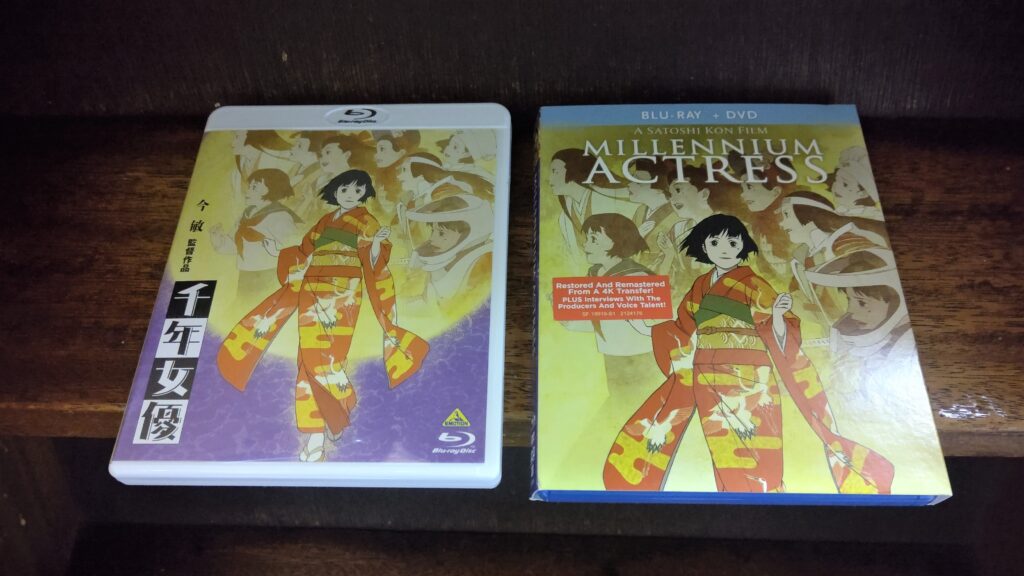
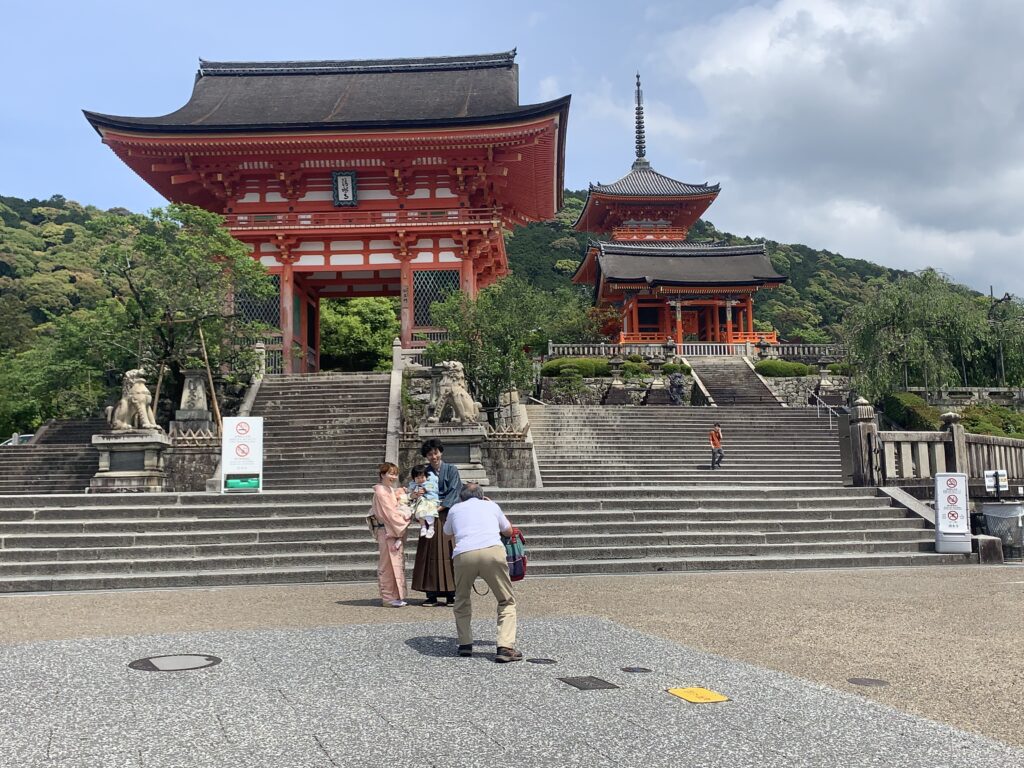
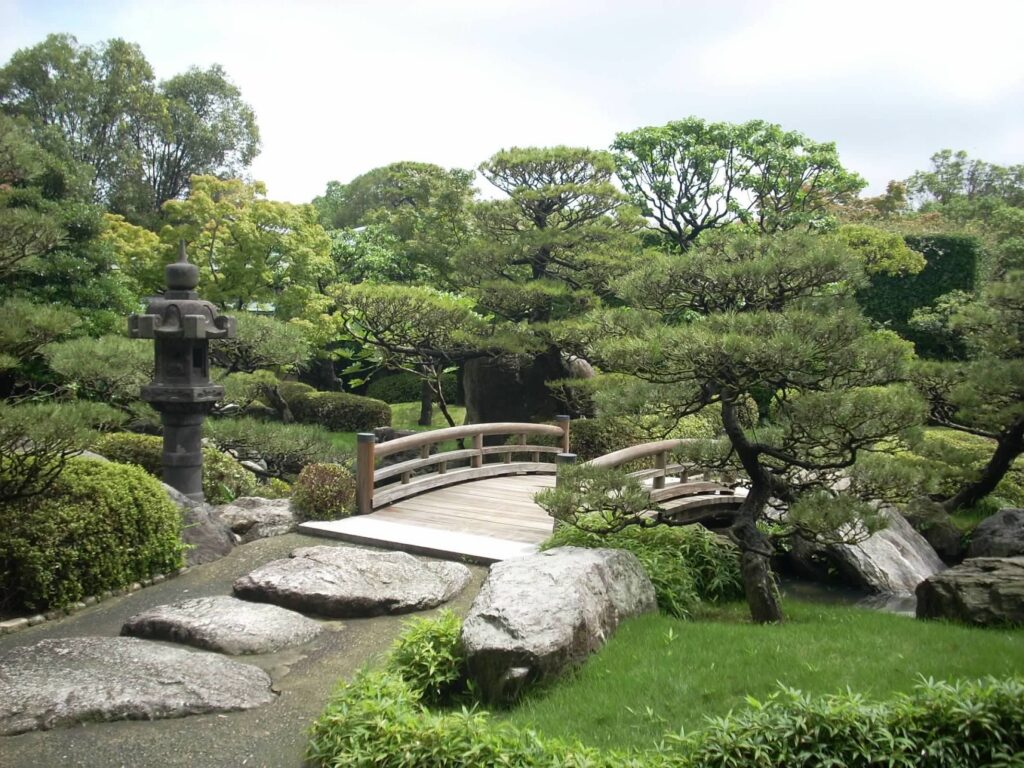
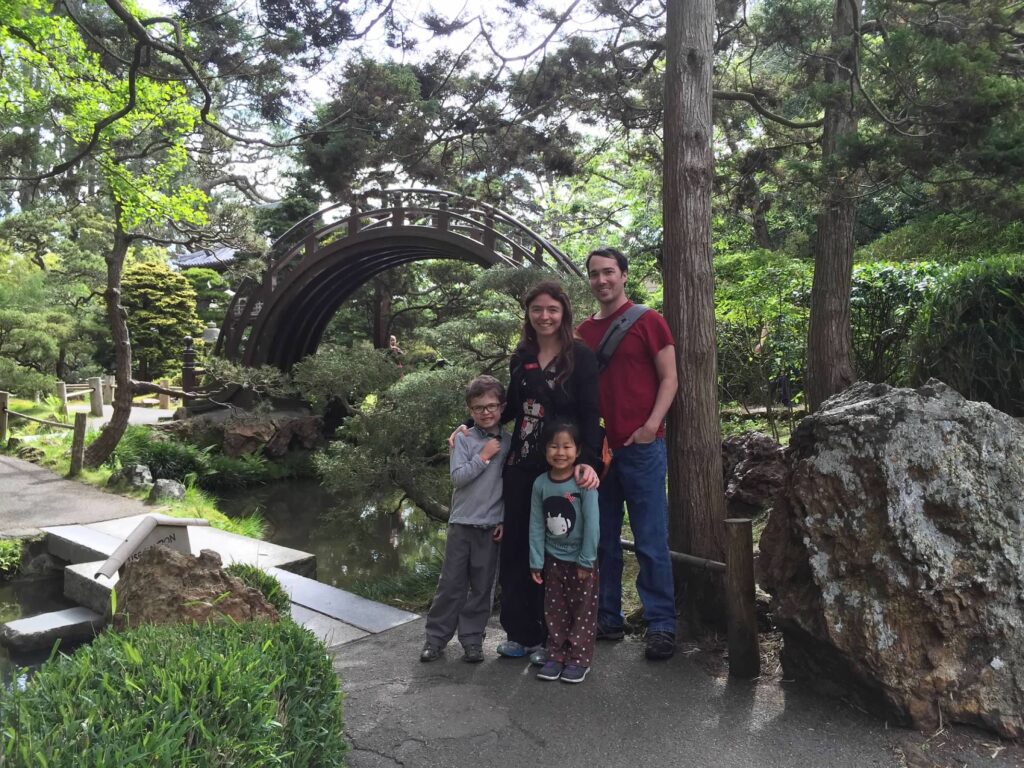





Recent Comments